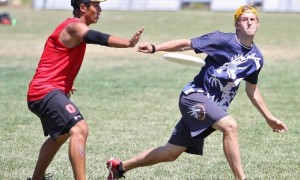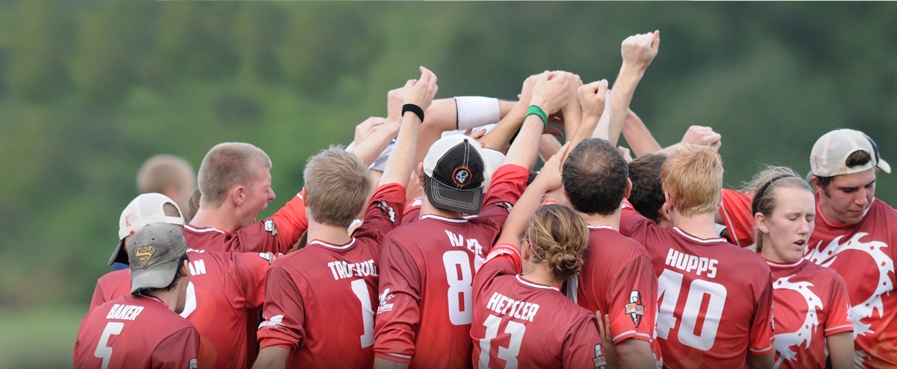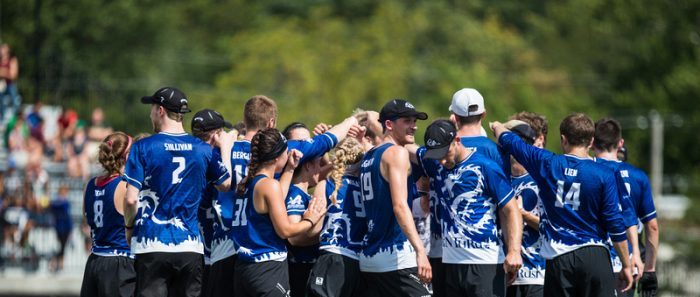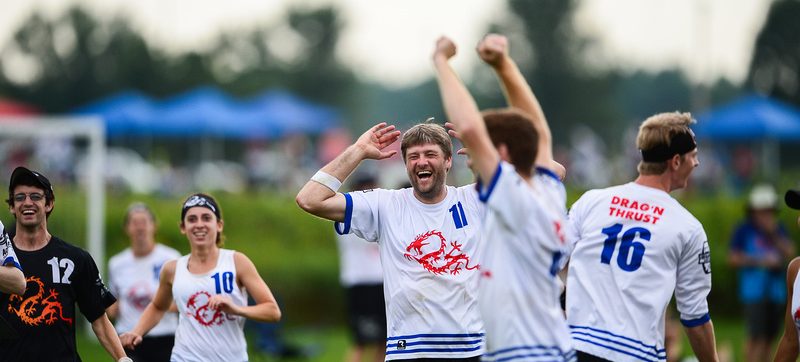By Jeff Trosvig
From the beginning of my ultimate career, I’ve been blessed with the ability to throw a disc farther than most people. When I was first getting into the sport, being able to throw the disc far (really my only skill at the time) went hand in hand with the excitement that is “the huck”. When I joined my first Ultimate team in 10th grade, I was lucky enough to have a few talented cutters who loved the long ball as well. When I graduated high school, I believed I was a good ultimate player, in particular a good handler, because everyone ogled at my ability to throw far – but I was wrong.
What makes a complete handler? Is it throwing the disc far? Flashy throws to the break side? Is it consistency?
Being a great handler, a complete handler, isn’t always about spin pulls or deep hucks or even making the highlight reel – it’s about taking the defense out of the equation. That includes breaking the mark and being able to hit generally anyone anywhere on the field. But think about some of the best handlers you know: what makes them so good? I’ll bet it isn’t their ability to throw super far (although most are able to). No, I believe the scariest handlers are the ones that see the field as a whole rather than just force side and can throw anywhere at will. Having all the breaks and hucks in the world is irrelevant if you don’t see the opportunities. They have this ability to play and view the field while nearly ignoring the mark. Players like this make the entire team able to work more efficiently. Cutters no longer have to always beat their defender to the force side, handlers don’t have to get quite as much separation, suddenly they are threats all over the field.
In the past 10 years, especially as I transitioned to club Ultimate, I worked hard to develop some of these skills. No longer do I spend all of my time thinking about the next big throw. Rather I try to focus on the little things. For example, when I warm up for big games, I visualize myself completing the more fundamental parts of the game…stepping out and completing the swing to Austin, focusing on putting spin on the disc for Patty’s in-cut, and moving the mark to throw the break to Jay in the end zone. I also spend time thinking about expected player match ups and risk/reward weight of the higher risk plays.
If you are a handler getting ready for the upcoming season, my recommendation is to try working the break side more. Work on moving the mark and completing the throw to the cutter whose defender is too far on the force side. Not only will it open up the field for the rest of your team, it will help you remain calm even as the stall count climbs because you have that many more options when looking for the open player. Your ability to see and hit opportunities all over the field will help define you as a more complete handler. Of course, it doesn’t hurt to have the big throws sometimes too.




